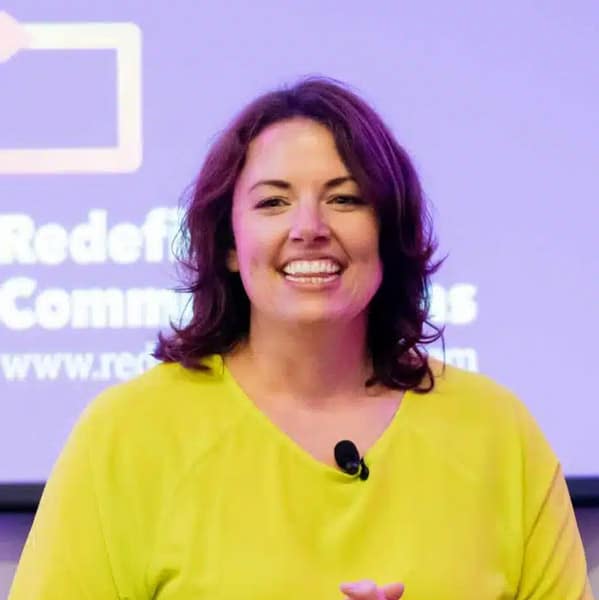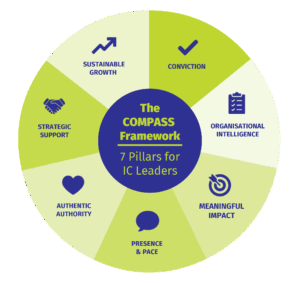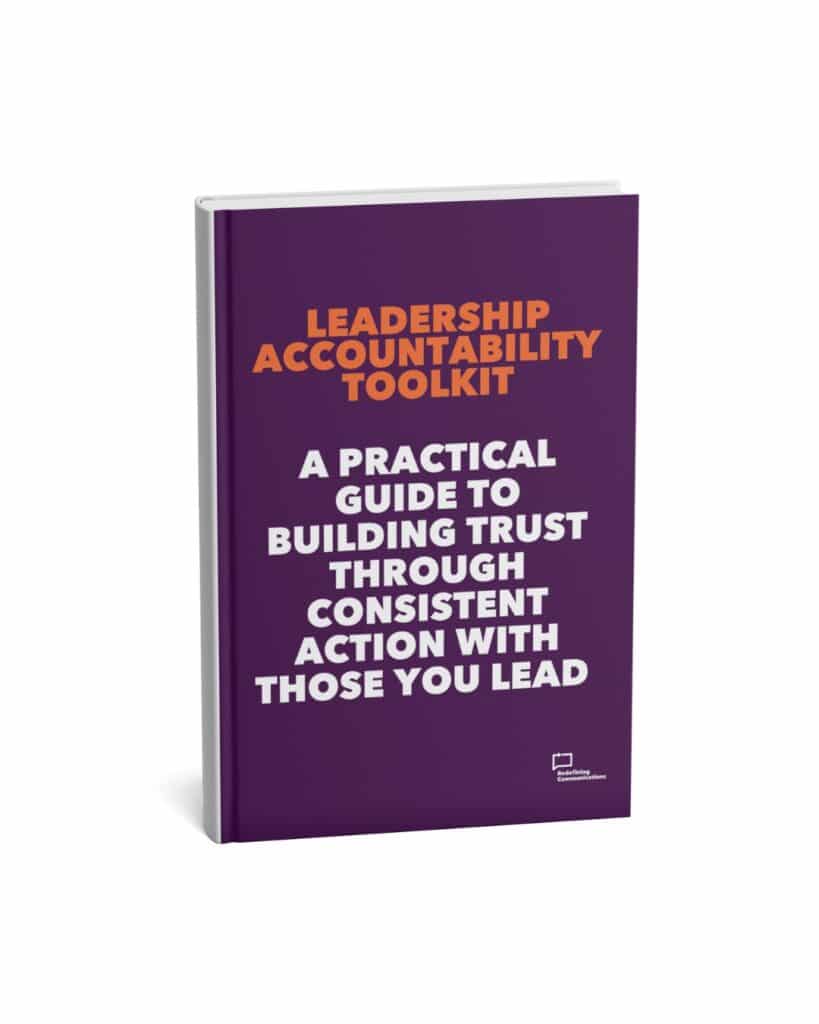We attended the CIPD Future of Work conference last month and it sparked a number of ideas, the most timely being around the importance of a diverse and inclusive workplace. How can internal communications and HR work together to achieve that?
The CIPD is the professional body for Human Resources (HR) and people development. Perhaps not your usual event for an internal communication (IC) specialist, but it was interesting to see what we could learn from our HR colleagues. So much of what we do is intrinsically linked yet the functions don’t always work closely, creating lost opportunities. There is much we could be doing together and the output all the better for that collaboration. The recurring message throughout the event was that businesses have finally realised that their people are their number one priority.
Many of us have heard ‘our people are our number one asset’ but how many businesses really delivered on that statement? COVID-19 may have fast-tracked this change of heart but to those of us who work in the ‘people side’ of the business, it’s always been obvious. Hopefully, this attitude remains long after the pandemic passes.
D&I and CSR – what about it?
At the event, there was also much talk around Diversity & Inclusion (D&I), its place on the agenda highlighted against the backdrop of the Black Lives Matter movement and it being PRIDE month. It goes without saying that any initiatives around these two areas should not be short-term gimmicks. Nor are they tick box exercises. They need to be fully integrated into the strategy and become part of the DNA. As communicators, we should be mindful that this time of historic disruption and heightened discourse provides the perfect opportunity to advance D&I priorities. We must not let leaders recede because they’re focusing on other matters.
A thought-provoking presentation by Simon Anholt talked about businesses needing to up their Corporate Social Responsibility (CSR) game, and not just businesses but entire countries too. Simon created the Good Country Index where each country on earth is measured on how it contributes to the common good of humanity, and what it takes away, relative to its size. Simon talked about the need for businesses, governments, and countries to collaborate more. Why? because that leads to innovation, ingenuity, and better success. He also talked about applying these same principles to business and how a strong CSR and D&I programme will strengthen your employer brand, making your business more attractive over others. Increasingly, prospective employees aren’t just looking at job spec and salary, they want to know what kind of a business you are, what good you are doing for your employees and the world around you.
The newly released VMA report – Into Communications: The CEO Perspective shows that the comms function has become unequivocally influential when it comes to CSR. CEO’s are relying on their communications experts to help them move away from the old mission and values to instead become purpose-led. They want a strategy ‘that is socially acceptable and immune to damaging reactions from self-appointed external stakeholders old and new’.
What does this mean for you?
When looking at your organisation through a D&I lens remember that you need a mix of age, experience, sexual orientation, and physical ability. The variety of perspectives and cultural insight increases creativity and productivity, it even slows employee turnover – all of which provides an advantage over your competitors. A recent McKinsey report showed that in the case of ethnic and cultural diversity, top-quartile companies outperformed those in the fourth one by 36% in profitability. The likelihood of outperformance continues to be higher for diversity in ethnicity than for gender – an interesting point for leadership teams to take note!
“in the case of ethnic and cultural diversity, top-quartile companies outperformed those in the fourth one by 36% in profitability”.
IC and HR – let’s collaborate
Thinking about the employee lifecycle roadmap and specifically the early stages of ‘attracting’ and ‘recruiting’, you can’t expect to create and promote a diverse and inclusive workplace if you can’t hire them in the first place!
We can work together to make sure all related materials are neutrally written. We want to appeal to a diverse audience, and without influence. This collaboration and editorial review should extend to external platforms such as the corporate LinkedIn and Glassdoor accounts. You want to be aligned, consistent in tone and messaging.
How can we remove the bias in our writing?
Gender-neutral and inclusive pronouns – remove mentions of men/women/he/she and instead use they or their.
If you have ‘mankind’ or ‘man-power’ in any of your corporate text you will need to find another way of saying that. Examples:
- We are looking for a dynamic and innovative individual to lead a team. He/they/this person will have demonstrable managerial experience and want to take his/their skills to the next level.
- The Chairman is/chairperson is/board members are responsible for…
Gender assumptions – if you’re referring to a group and not a specific individual, be careful not to label with a pronoun. Examples:
- In her/the classroom, the teacher must have a set routine
- Fireman/firefighter
- Chairman/chairperson
- Stewardess/flight attendant
- Postman/post person/courier
- Actress/actor
Use the third person – using words like we, us and our assumes the reader has the same point of view. Example:
- We/managers find that working in an open-plan office creates a more collaborative environment
Avoid stereotypes – to make a statement about a group, you must have evidence and statistics to back up your objective statement.
Remove your own biases – regardless of your personal feelings, you can’t include those in your writing. Don’t make assumptive statements about gender-roles, cultural backgrounds, religious beliefs, occupations, or socio-economic classes.
Proof-read – even if you know what you’re meant to avoid writing it’s easy for your opinions and/or beliefs to sneak in. We recommend a second pair of eyes for a better safety net.
Has this struck a chord with you? Would you like some support with your leadership team? Maybe some help with refreshing your content? Whatever it is we would be delighted to help. Get in touch with us here and we’ll arrange a chat or a virtual coffee, whatever suits.







